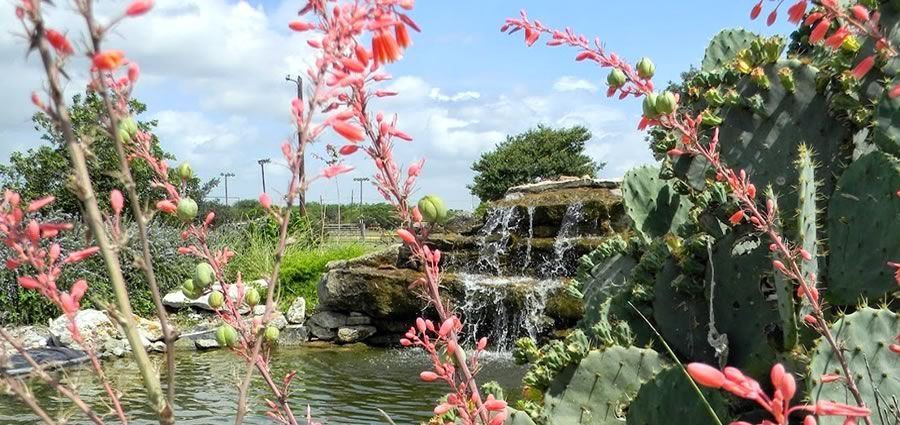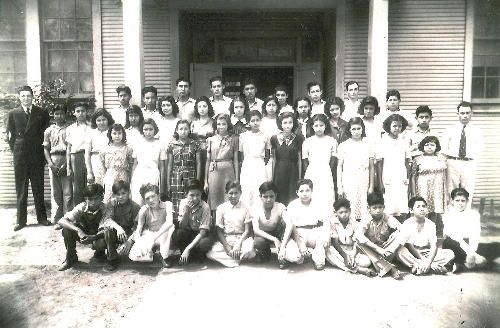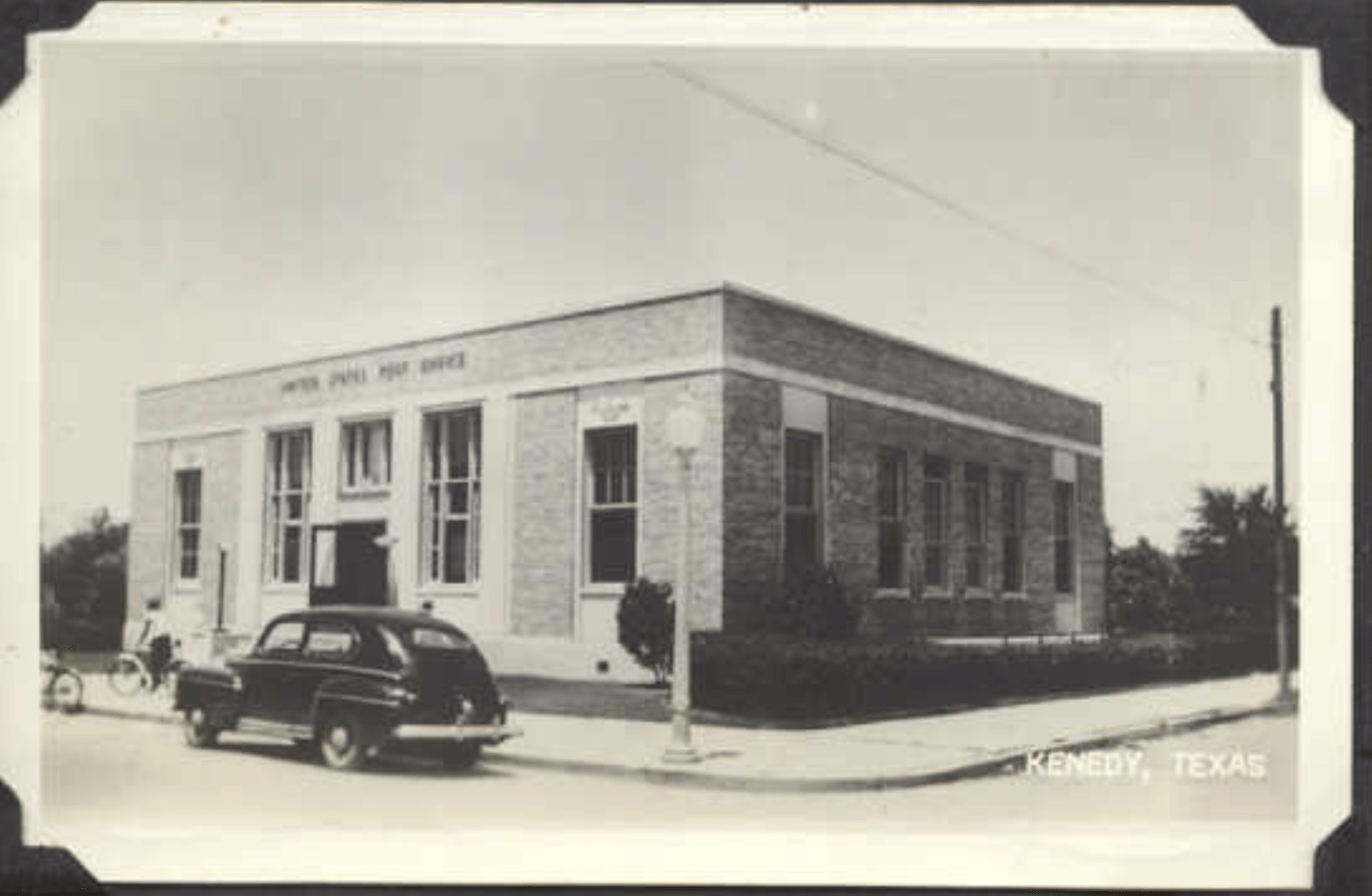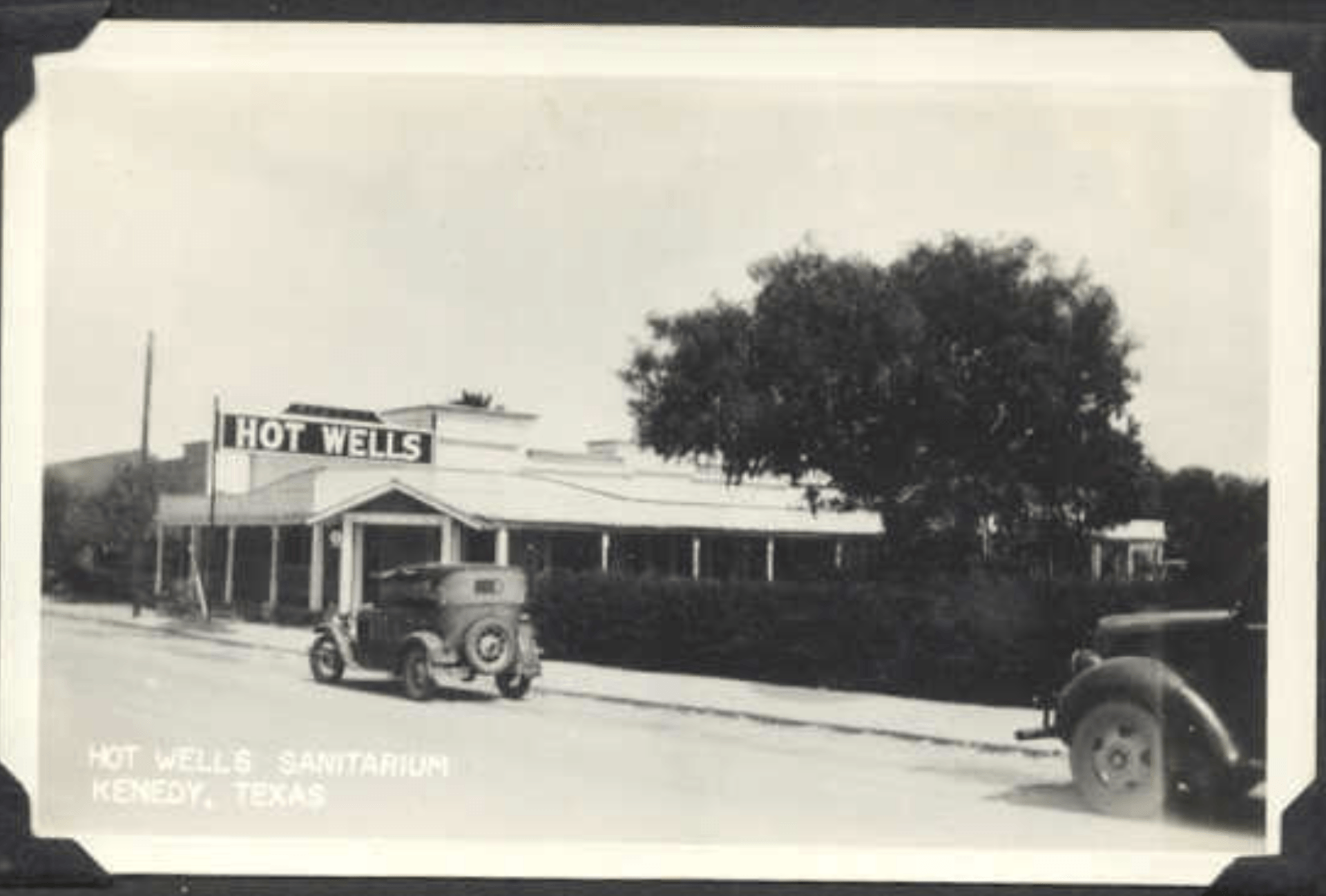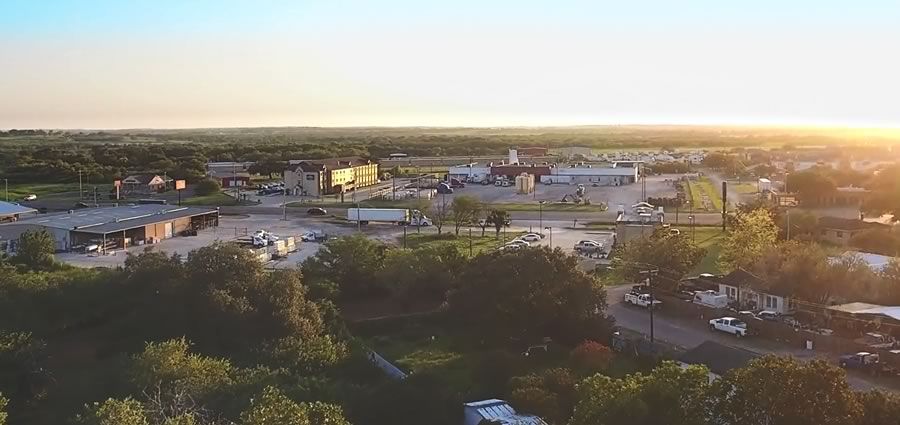
History of Kenedy Texas
One gift of the country is being away from the city lights. We are located between Kenedy and Goliad. Kenedy is where you can dance & dine at Jerry B's or 5D Steakhouse Lounge. One of our favorites is Bart's for home cooking. If you need something Kenedy has more shops like Walmart, HEB, Tractor Supply and Alamo Lumber. Goliad has more historical landmarks like Goliad State Park & Mission near Presidio La Bahia or visit the local Goliad Brewery. Goliad Market Day are the second Saturday of each month.New Paragraph
Kenedy is on U.S. Highway 181 and State Highway 72 four miles south of Karnes City in southwestern Karnes County. Its site was part of a royal Spanish land grant made to Carlos Martínez in 1788. The community was established in 1886 on the San Antonio and Aransas Pass Railway, on a tract of land bought by Mifflin Kenedy from George W. Little that year. It was named Kenedy Junction in honor of Kenedy, the chief benefactor of the SA&AP. The post office at Kenedy Junction was established on March 27, 1887; its name was shortened to Kenedy on June 21, 1887. A small depot was built at the Y at Kenedy Junction, one branch continuing toward Corpus Christi, the other toward Houston. In 1887 a new depot was built as a part of the new Railroad Hotel, which also included a lunchroom known as the Beanery.
The first post office was temporarily located at the hotel building until the old Daileyville store and post office was moved from Daileyville to the southeast corner of Block One. W. E. Thulemeyer, who was instrumental in settling the Kenedy-Lenz area with German farmers from Fayette County, established a cotton gin at Kenedy in 1891. The first residence was built by George Little. Other early settlers were J. M. Nichols, J. D. Nichols, W. G. Butler, and L. D. Young. School was taught in Kenedy in 1887–88 by J. W. Brown. The Kenedy Independent School District was organized in 1894 with sixty-eight pupils. In 1908 a three-story school building was erected. In 1920 a $65,000 high school was built. A Mexican school was built in 1929 and had five teachers; a school for black children was built in 1931. A new high school was built in 1958, a junior high school in 1968, and an elementary school in 1984. The Dry Escondido church was moved to Kenedy Junction in 1887, partly because the building had been wrecked by the storm of 1886 and partly because of the increased activity at Kenedy Junction. It was the forerunner of both the Baptist and Methodist churches built later in Kenedy. The Kenedy Herald, published as an edition of the Beeville Picayune in 1893, was the first newspaper for Kenedy. A Populist newspaper, the Kenedy Headlight, existed only a few months before it was purchased in January 1894 by George C. Staples, who converted it to a Democratic newspaper, the Kenedy Advance. The Denver Chesnutt family purchased the Advance in 1911 and owned and operated it until 1978. By 1982 the Kenedy Advance had merged with the Kenedy Times to become the Kenedy Advance-Times, still published in 2009. Fraternal organizations established in Kenedy include the Kenedy Lodge No. 774, Woodmen of the World, and the Independent Order of Odd Fellows. Kenedy experienced considerable growth as a trade and business center during the railroad era.
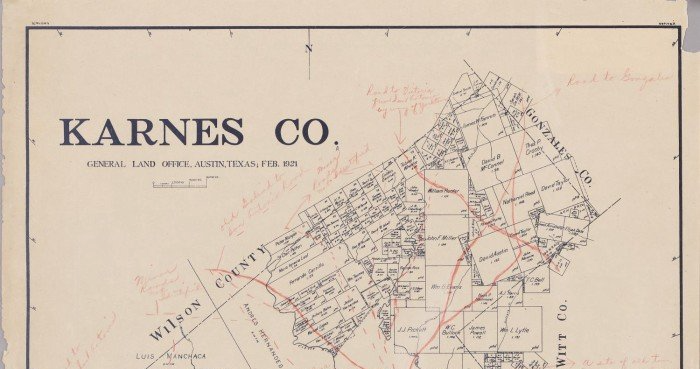
The Karnes County National Bank of Kenedy, established in 1903, was still in business in 2005. The First National Bank merged with the Nichols National Bank under the name First Nichols National Bank in 1933, and was also still in operation in 2005. Kenedy was incorporated in 1910 with Henry W. Dailey as mayor. Since incorporation, the population of Kenedy increased steadily, from 1,147 in 1910 to 3,763 in 1990. In the early 1900s Kenedy gained a reputation for gunfighting that earned it the nickname of "Six Shooter Junction." According to some local sources, patrons of the bars on South First Street would fire at passing trains. Hot mineral water was discovered near the depot in 1915, and the Hot Wells Hotel and Bath House became a thriving business that operated for almost twenty-five years. The Kenedy Compress, one of the largest cotton compresses in the state, served the area for many years. During World War II the Kenedy Alien Detention Camp, a prisoner of war camp that started as an internment camp for Germans, Italians, Japanese,qqv and South Americans, was located on the outskirts of the town. Although passenger train service was discontinued in the 1950s, Kenedy remained an economic center for the surrounding area, which derives its livelihood principally from farming, ranching, oil, gas, and uranium. Kenedy calls itself the "flax capital of Texas" and had at one time an annual Flax Festival. A city celebration, Blue Bonnet Days, is held each April. On May 14, 1993, ground was broken for the construction of a 2,250-bed prison unit for the state of Texas on the outskirts of Kenedy. The John Connally Unit was the site of a mass prison break of seven prisoners, the "Texas Seven," in December 2000. Within a month six were recaptured and one had committed suicide. In 2000 Kenedy contained 209 businesses and 3,487 inhabitants.


